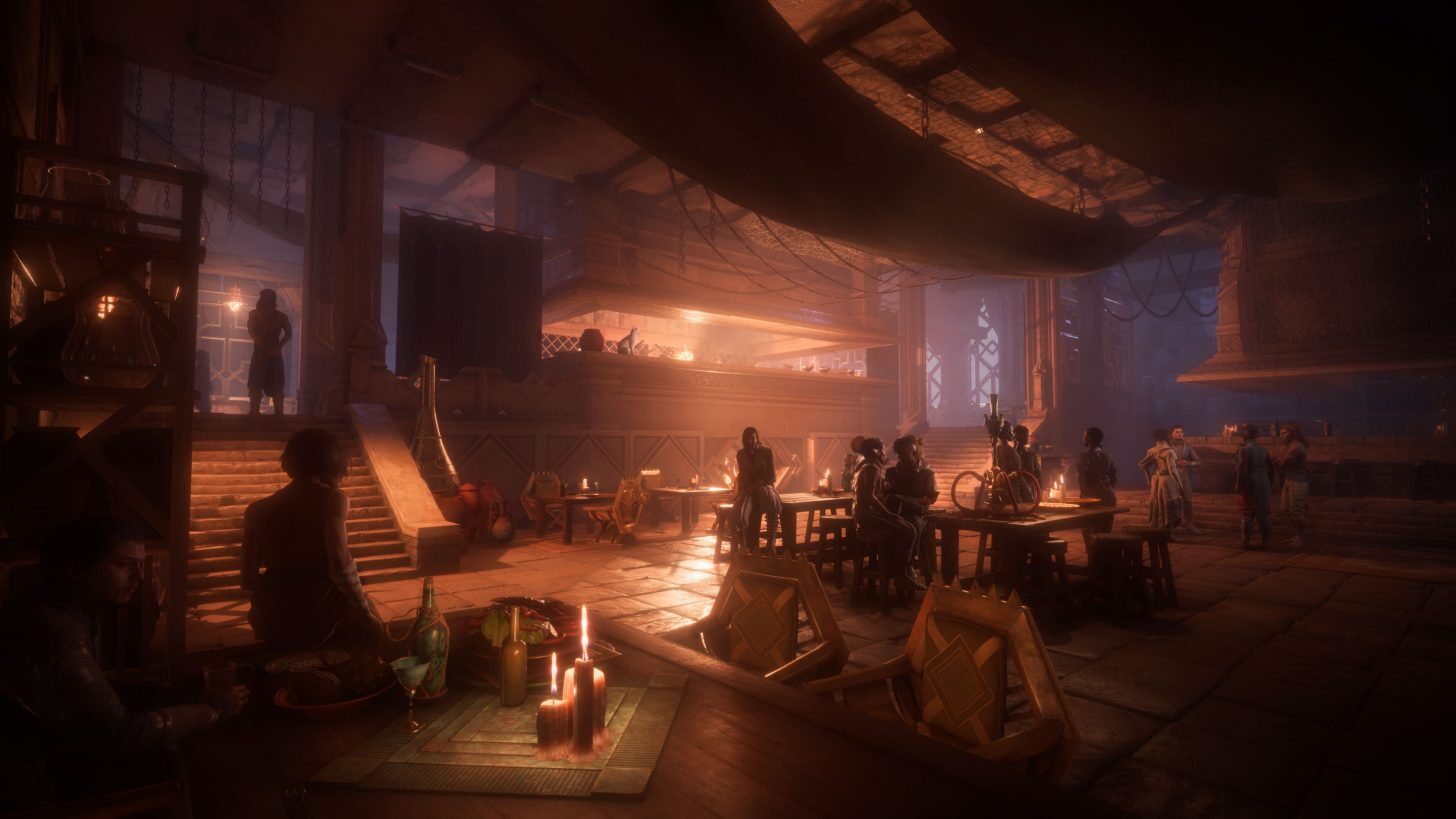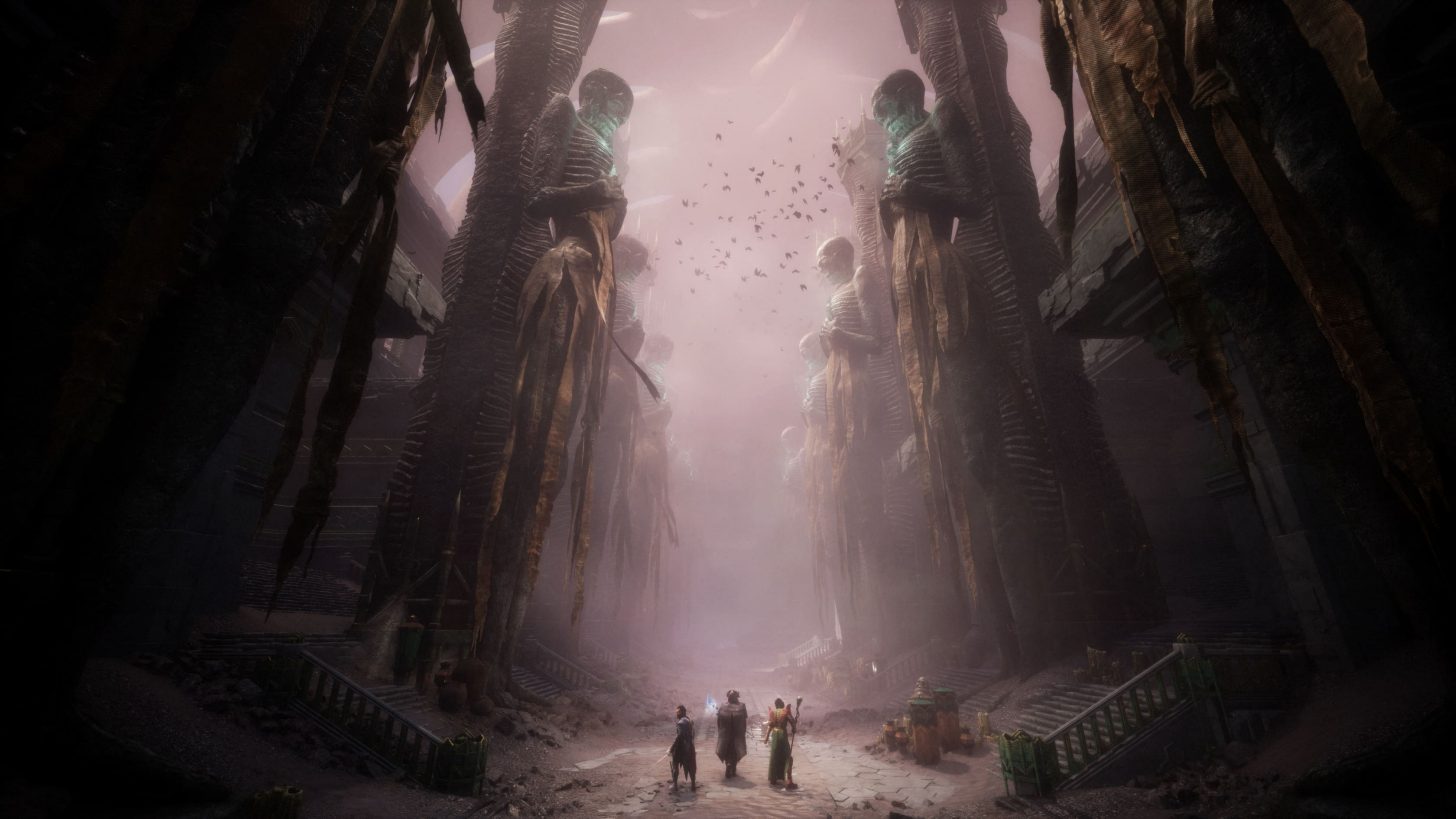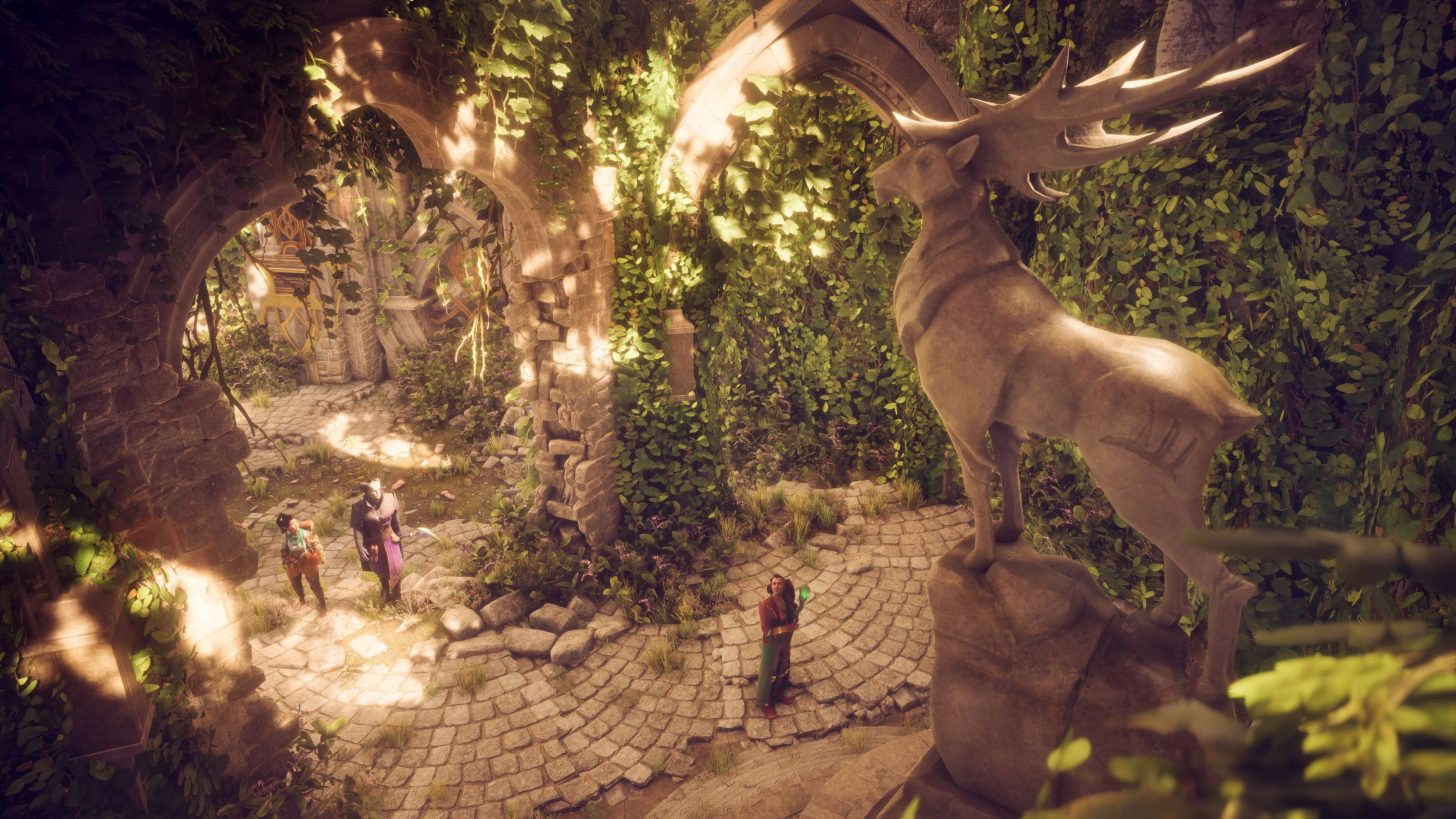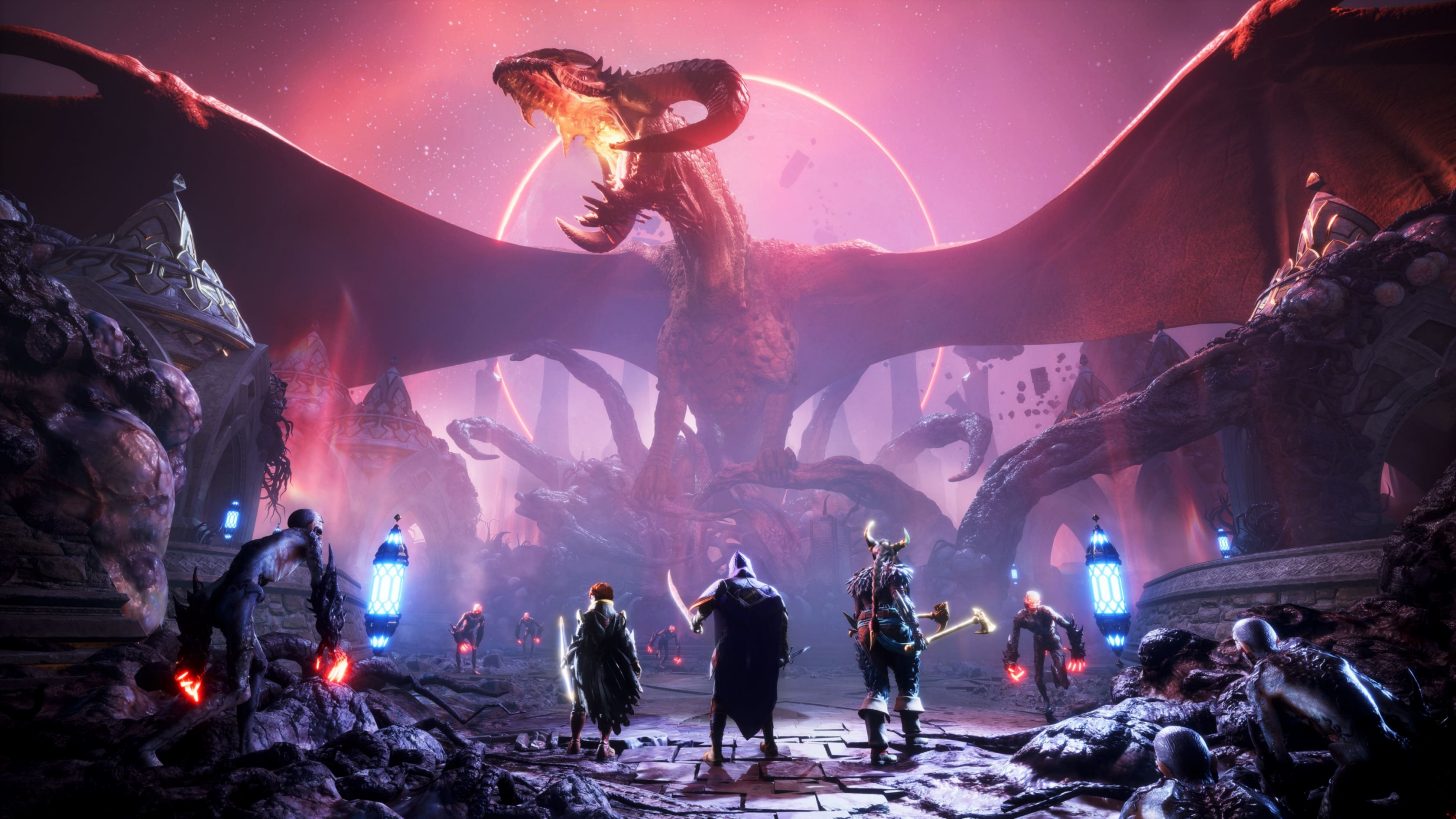Dragon Age: The Veilguard is stepping away from open-world exploration, embracing a more focused, mission-based design with high details.

Dragon Age: The Veilguard marks a notable departure from the open-world design that was in its predecessor, Inquisition. While the open-world in Inquisition initially impressed players with its vast landscapes, with plenty of variety in biomes, and overall freedom, it quickly became a point of criticism.
Many players felt the experience was bogged down by repetitive tasks and an overwhelming amount of fetch quests, often likened to the grind-heavy activities seen in MMORPGs.
Dragon Age: The Veilguard is Moving Away from the Open World

⛶

⛶

⛶

⛶

⛶





Dragon Age: The Veilguard promises a return to a more curated experience, reminiscent of the highly detailed hubs with plenty of interesting characters and side missions, as seen in the first three games of the Mass Effect series.
Mass Effect 1-3 was this way that’s why it was so great.
Hub based games are goated
— Pulse_hammer (@RangerONE_SC) August 10, 2024
These hubs allowed for a nice balance between exploration and story, offering locations that could be revisited and further explored as the narrative progressed, with further progression of the side quests.
This design choice not only provided depth but also ensured that each area felt meaningful and connected to the overall story. With this game, BioWare seems to be leaning into this model, going for larger, more detailed levels rather than sprawling open worlds.
This shift could cater to a fanbase that has grown tired of the traditional open-world formula, craving instead a more immersive and narrative-focused RPG experience, like the studio’s older games.
The developers have described the game as a mission-based one, focusing on handcrafted, highly curated environments. This design philosophy is expected to create a more cohesive and immersive narrative, similar to the linear but also expansive main quest of Inquisition.
According to the developers, it’s similar to Mass Effect 2, widely regarded as one of the studio’s finest examples of cinematic RPG storytelling.
The choice to move away from open-world elements allows the developers to focus on character-driven narratives and branching storylines, which have always been a hallmark of the series, such as with Origins.
Crafting a Cinematic RPG Experience
 The companions are going to be a huge focus in this game. Image via BioWare
The companions are going to be a huge focus in this game. Image via BioWare
One of the most anticipated aspects of the game is its combat system, which marks a significant evolution from the hybrid action mechanics of the last two games in the franchise, Dragon Age 2 and Inquisition.
According to the developers but heavily disagreed by the fans, these previous entries struggled to strike a balance between tactical and action-oriented gameplay, often leaving players dissatisfied with the combat experience.
The developers aim to fully embrace an action-combat system that feels both active and impactful, drawing comparisons to the dynamic combat seen in the Mass Effect series. This approach is expected to provide a more engaging and responsive gameplay experience.
Despite its departure from an open-world format, the game will not be entirely linear. The game will feature larger levels that encourage exploration and discovery, with side quests and hidden secrets adding layers of depth to the experience.
The RPG’s mission-based structure will include a central hub area, similar to the Skyhold fortress in Inquisition.
This new hub, known as the Lighthouse, will serve as the player’s base of operations, providing a space to interact with other characters and teammates and plan missions, similar to The Normandy in Mass Effect.
Are you happy that the game won’t be fully open-world? Let us know in the comments.




